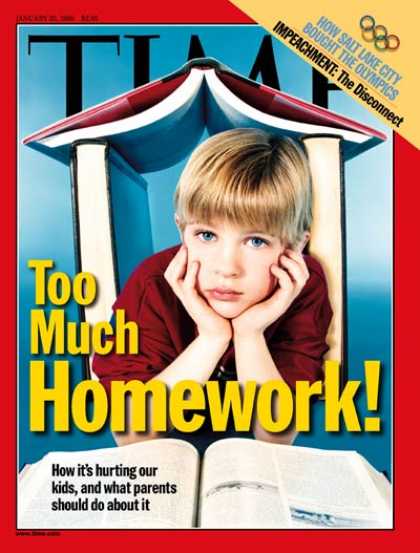Rich experiences with quality multicultural literature allow children opportunities to establish a greater understanding of themselves and others. Examination of the lives, worlds, and experiences of the diversity of people found in multicultural literature satisfies children's curiosity regarding human similarities and differences. When multicultural literature and literature-related activities are infused into the curriculum in developmentally appropriate ways, children uncover commonalities and differences within and among diverse groups of people. They learn to value both the differences and the commonalities.
Children's multicultural literature plays an increasingly significant role in early childhood classrooms. Multicultural literature - literature that focuses on people of color, religious minorities, regional cultures, the disabled, and the aged (Harris, 1997) - plays a significant role in the development of children's cross-cultural understanding. As societies become an increasingly complex blend of ethnicity, family structure, shared values, spiritual beliefs, and socioeconomic class (Anderson, 2006), this cultural and linguistic diversity has heightened awareness of and sensitivity to the needs of all people.
High-quality multicultural literature has the capacity to foster children's understanding of and respect for their own cultures, as well as the cultures of others. In her poignant book Against Borders, Hazel Rochman (1993) explains the overall purpose of multicultural literature.
Children's multicultural literature plays an increasingly significant role in early childhood classrooms. Multicultural literature - literature that focuses on people of color, religious minorities, regional cultures, the disabled, and the aged (Harris, 1997) - plays a significant role in the development of children's cross-cultural understanding. As societies become an increasingly complex blend of ethnicity, family structure, shared values, spiritual beliefs, and socioeconomic class (Anderson, 2006), this cultural and linguistic diversity has heightened awareness of and sensitivity to the needs of all people.
High-quality multicultural literature has the capacity to foster children's understanding of and respect for their own cultures, as well as the cultures of others. In her poignant book Against Borders, Hazel Rochman (1993) explains the overall purpose of multicultural literature.




